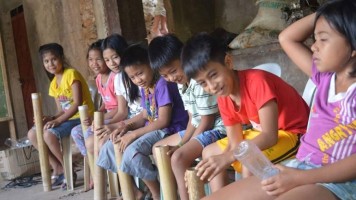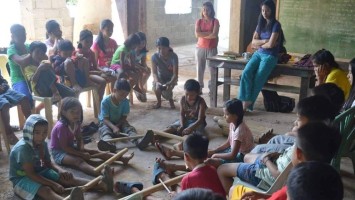The role of art in understanding climate change and its impact (the Philippines)
Nov 20, 2019
The threats brought about by climate change are arguably more felt in developing countries like the Philippines, and children face the greatest risks of all. Children are more affected by climate change as it is already clear now that disasters bear upon the mental health conditions of victims.
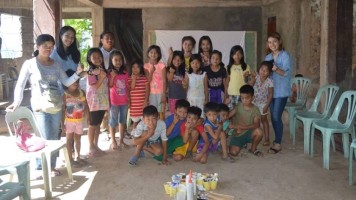
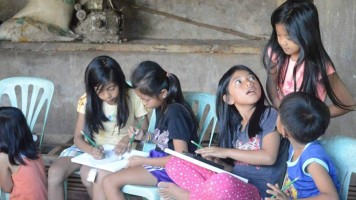
Often neglected in depicting disasters as environmental problems is their psychosocial impact on members of the community. After major natural disasters, different manifestations of trauma and anxiety can be present especially among the children and youth.
As part of an effort to address the said issue, Center for Development Programs in the Cordillera (CDPC) conducted a series of art workshops among children and youth of Lamag village in the municipality of Quirino, Ilocos Sur. The village is among areas in the province that are bearing the brunt of destructive large-scale mining operations. During the workshops, the participants engaged in different art activities such as poem and songwriting, painting, and learning to play indigenous musical instruments. These served as a creative process to deal with their trauma and fears from the disasters that have impacted their lives.
In between these activities, the facilitators gave inputs on climate change - what are its causes and effects. Everybody showed eagerness to listen and participate in the discussions as they shared practical deeds on how they can contribute to lessening the impact of climate change, such as segregating their trash, lessening the use of plastics, and keeping their surroundings clean.
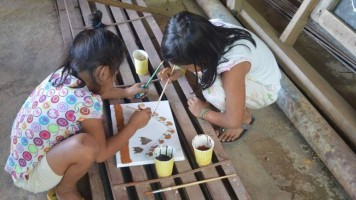
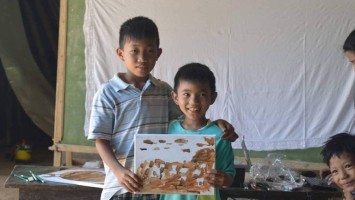
During the workshop on painting, the participants were asked to paint what they think are the most beautiful things in their place that they want to show to their children in the future. Most of the paintings depict mountains full of trees, houses in the middle of rice fields ready for harvest, families happily harvesting their crops, and children swimming in the pristine rivers.
"I want my future children to see how beautiful our place is and how we can preserve it," said one of the participants. Their beautiful paintings depict hope and a bright future.
Authors Laura Kim Sommer and Christian Andreas Klöckner, published a paper suggesting that climate change art is capable of changing people’s opinions, as long as the message is hopeful, and gives people ideas for change.
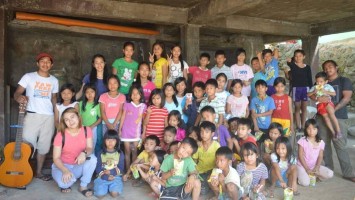
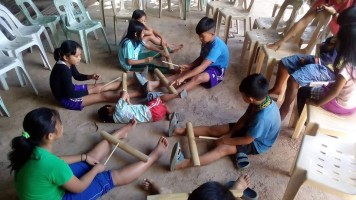
The workshop on learning to play indigenous musical instruments was aimed at making the children appreciate instruments that are almost hardly known by the younger generation. Many of the youths in the village are forced to leave their families to look for jobs in the city as their harvest is not sufficient enough to supply their basic food needs. The persistent dry spell leaves their ricefields dry. Most of these youths are vulnerable to urban influence and tend to forget their culture.
Many poems and songs written by the participants during the poem and songwriting workshops describe their dream of a promising future for their village. One of the poems goes like this:
I dream of still seeing the beauty of nature in our village in the future and that my children can still live to see this beauty. If ever mining will invade our land again, we will defend our land and will not let mining destroy it.
